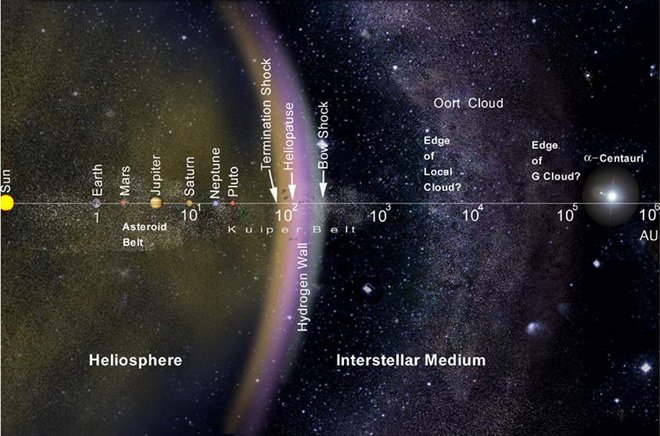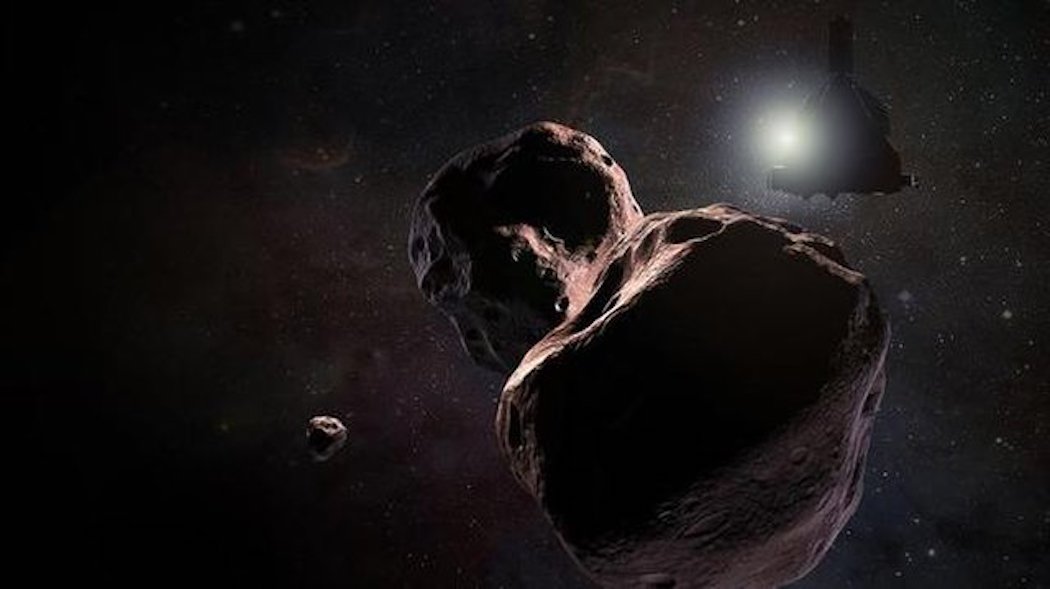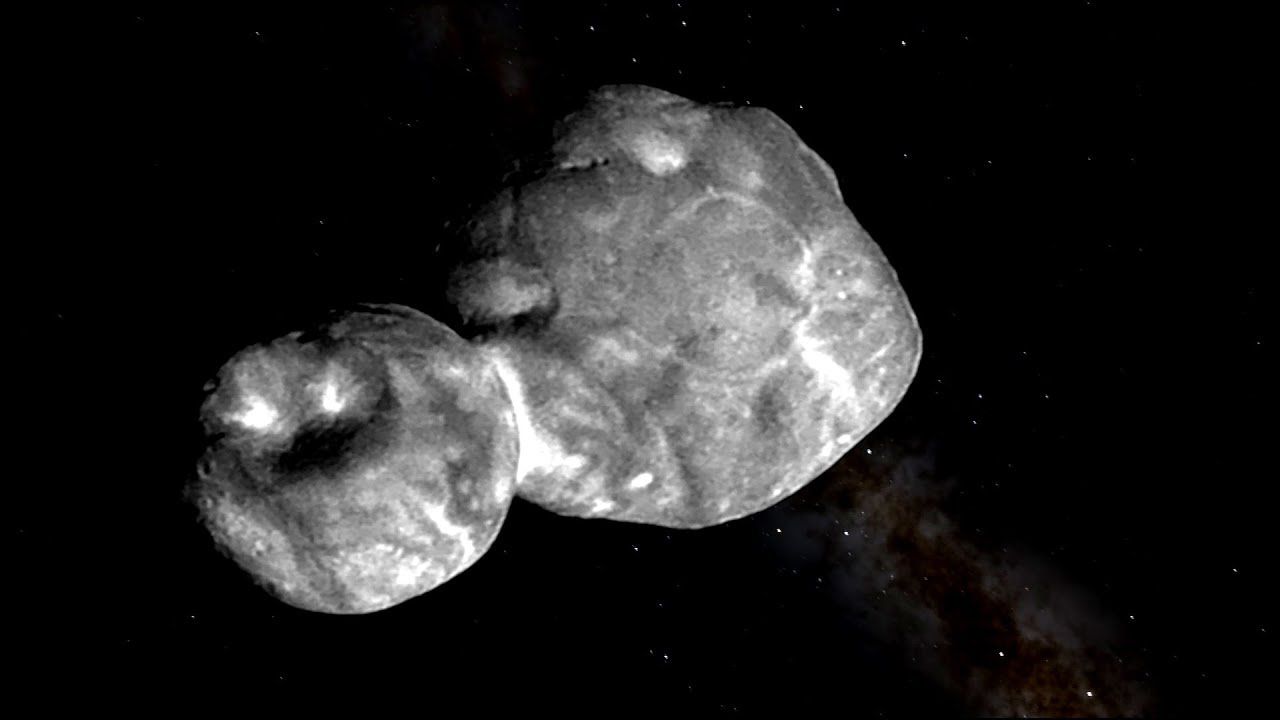© 2000-2023 - Enkey Magazine - All rights reserved
ENKEY SNC - VAT ID IT03202450924 / REA Code CA253701 - Phone. 078162719
Fifty thousand million of kilometers from the Sun, it’s here that one assumes there is the edge of the Solar System. The heliopause, over the one we don’t find any more the solar wind, besides which there aren’t any more the energetic particles emitted by the sun. But the vacuum of the interstellar space, a region where to rule are gases, dustes and cosmic radiation.
Toward the edge of the Solar System
But let’s do a step back. We are safe on our small green and blue planet, observing the infinte space of the starry sky. The stars appear easily in front of our eyes, but in reality the travel to reach them is incredible.
We are safe inside the shell of our System. Outside it, the interstellar space, is much more unwelcoming. But don’t worry, it’s almost impossible to reach it.

Let’s start from the planet Earth, let’s pass by Mars, the asteroid belt that divides the internal Solar System and the external one, let’s pass by the giant gaseous. We are now nowhere near. Thousands of millions of kilometers. For this reason now it isn’t possible to use the unit of measure that we know on the Earth any more. Let’s pass so to the AU (Astronomical Unit). 1 AU is the medium distance between Earth and Sun.
We are now arrived over the giant gaseous, on the Kuiper belt, a distance of 50 AU. Beyond this belt we don’t know any planet or celestian bodies. But, even though this, it’s missed much more to arrive to the edge of the Solar System.
We have to go until 100 AU, which is about fifty thousand million of kilometers from the Sun, like we said at the beginning, to reach the heliopause, which is considered, right, the edge of the Solar System.
The heliopause and the Oort Cloud
The heliopause is considered the end of the Solar System because beyond this line there isn’t any more the solar wind. But the Sun doesn’t finish to affect the surrounding space yet. Over the heliopause, infact, beyond the edge of our System, there is the Oort Cloud.
We are between the 1.000 and the 100.000 AU and the Sun is still affecting the space with its gravitational force. This gravitational force keeps the Oort Cloud stucked to the Solar System, by protecting it like a huge frozen shell.

We never directly observed the Oort Cloud, but we think is composed by thousands of really cold celeastial bodies. One thinks even that it’s right from here that the frozen comets that run inside our Solar System arrive.
Beyond the Oort Cloud even the unit of measure used until now, the AU, becomes useless, and it’s here so that we start to count the distances with the light years.
We must travel for about 4,36 light years to find another star.
We are arrived to the edge of the Solar System
The one just told is a travel that not even the most famous science-fiction movies ever shown. However we were able to arrive there. The human being arrived to the edge of the Solar System. Or at least an instrument created by him was able to did it.
Last year the space probe New Horizons, after a travel lasted thirteen years, reached the Kuiper Belt, one step away from the end of our system. Here it entered in the orbit of Ultima Thule, 6,4 billion of kilometers from the Earth and 1,6 billion of kilometers from the last planet of the Solar System.

“New Horizons flew by the most remote celestial object ever visited by a space craft” and it’s still following its travel, a step away to the end of Solar System.
This post is also available in:
 Italiano
Italiano

